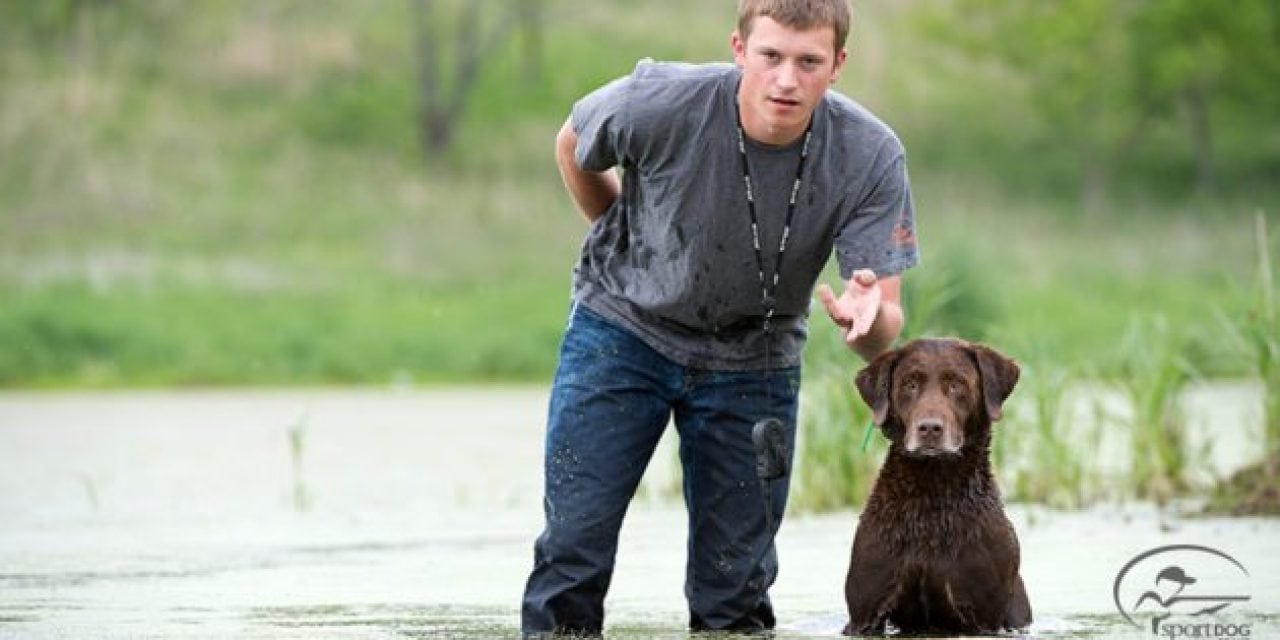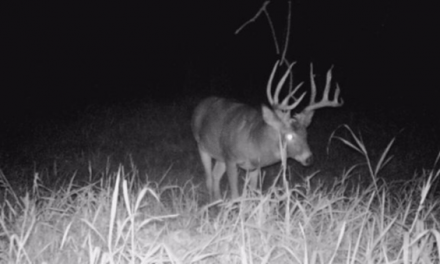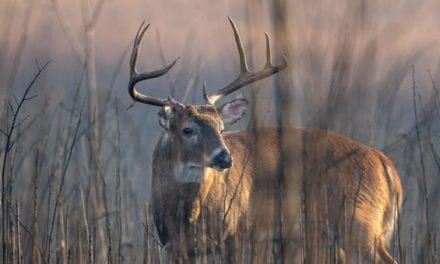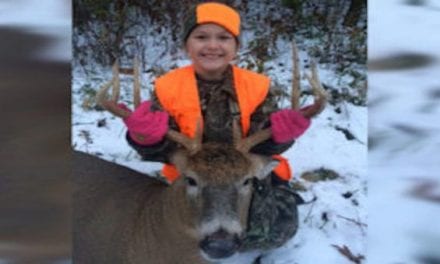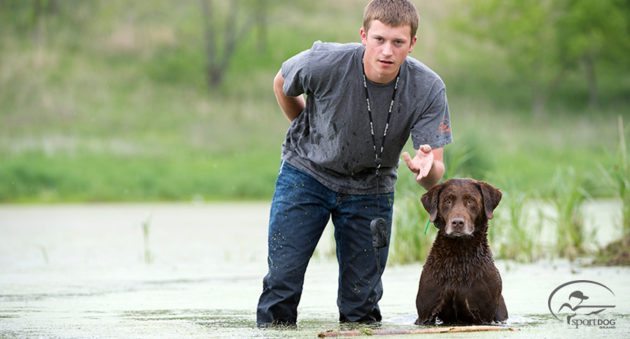
What does your hunting dog need once training begins? SportDOG® Brand is helping guide us in the right direction.
Training a hunting dog can be an amazing experience. The only thing that stands up to the level of satisfaction is the cycle of frustration and doubt when your dog doesn’t come through as you’d hoped.
The biggest thing is taking the right first steps – that’s what plenty of professionals, across the board, would say. These are amongst the first five things you’ve got to understand once you devote yourself to properly training a hunting dog.
1. Set a Foundation
Are you making these 3 common dog-training mistakes? Read Here: http://ow.ly/4thj30eVoJj
Posted by SportDOG Brand on Thursday, September 7, 2017
Just like in a house, the first step in any dog-training program should be to lay a solid foundation.
Begin with basic training commands. Sit, stay, come, heel, and kennel should be mastered, while the dog’s on a leash, before transitioning to an electronic-training collar.
Speak in a clear voice, and don’t mumble your words. Consistent and brief is the way to go.
Once your dog masters these on leash, move to verbal commands only. After, and only after, they’ve mastered the commands, should you begin to condition your dog to an e-collar.
2. Teach So Much That They’ll Pass the Test
Waterfowl Wednesday! 📷: SportDOG ProStaff Philippe Jaeger and his 6-year-old German small Münsterländer "Oryx," while hunting for mallard, teal, and snipe in Champagne, France.
Posted by SportDOG Brand on Wednesday, September 27, 2017
Keep each training session goal orientated, and remember to make your goals realistic.
For the first couple days of training, focus on getting your dog to “bend” with you while on the leash. That lets the dog self-interpret the meaning of the leash, and hopefully helps it understand that youre in control. Wait patiently for a few of these moments, and you’ll be able to watch them pick up on training sessions tenfold.
After the basics are covered, define specific skills until it exhibits a conditioned response.
Then the testing process starts. Introduce distractions, whether it’s using new people, noises, or surroundings. Hunts can’t be predicted, we know that. So introduce the idea to your dog, and you’ll see the difference it can make in the real world.
3. Know Your Limits (and Your Dog’s)
How much longer until duck season opens in your state? 📷: Miss Belle from #SportDOG fan Shelby Lynn Kirby! #waterfowlwednesday
Posted by SportDOG Brand on Wednesday, July 26, 2017
The sooner you admit it the better: mistakes will happen during the training process. The difference resides in your ability as the trainer to see the limitations, in yourself and your dog.
The process of dog training is filled with trial and error, but often these errors occur by doing too much, too fast. A seven-month-old puppy can’t be expected to retrieve perfectly its first few times. A dog with a year of training can still be thrown off by large goose decoys when he’s used to only ducks. Deal with it as it comes, but know that it will.
Don’t forget that if the same mistakes are being made, you’re gonig to want to take time to stop and reevaluate the process. Self-correct first, then think about how your dog interpreted and handled the situation.
In other words, set your dog up for success.
4. Seek Out Some Help
Test your knowledge! Did you believe these 3 myths about bark-control collars? http://ow.ly/JUJc30bYEqA
Posted by SportDOG Brand on Thursday, May 25, 2017
One of the common mistakes with amateur dog trainers is the trouble they have finding a training program and sticking with it.
In an age with virtually unlimited information, it’s easy to become distracted or to try and speed up the process by combining multiple programs or advice from friends and family. However, it’s during these moments that you are merely adding to the dog’s confusion rather than finding a simple solution to the problem.
Professional trainers are a good bunch, and will be usually be open to helping with pointers or help answer questions. It wouldn’t hurt to offer some volunteer time or other assistance in return.
Other than that, you can usually find clubs or organizations through veterinary clinics, pet stores, and other places dogs congregate. Just because it isn’t a “hunting dog” training group, doesn’t mean you won’t get something out of the connection.
5. Attitude is Everything
Keeping your gun dog in shape during the off season is simple with these 10 tips http://ow.ly/4o0P30b15VC#springtraining #waterfowlwednesday Ducks Unlimited
Posted by SportDOG Brand on Wednesday, April 26, 2017
Set your attitude to the right tune, and you’re going to see far better success in all aspects of dog training.
As important as your attitude can be, your dog’s attitude should always be top of mind as well.
Keep things enjoyable, for both of you, and you’ll see dividends.
NEXT: 5 REASONS TO USE THE SPORTDOG®NOBARK SBC-R COLLAR
The post 5 Things You (and Your Hunting Dog) Can’t Forget While Training appeared first on Wide Open Spaces.

